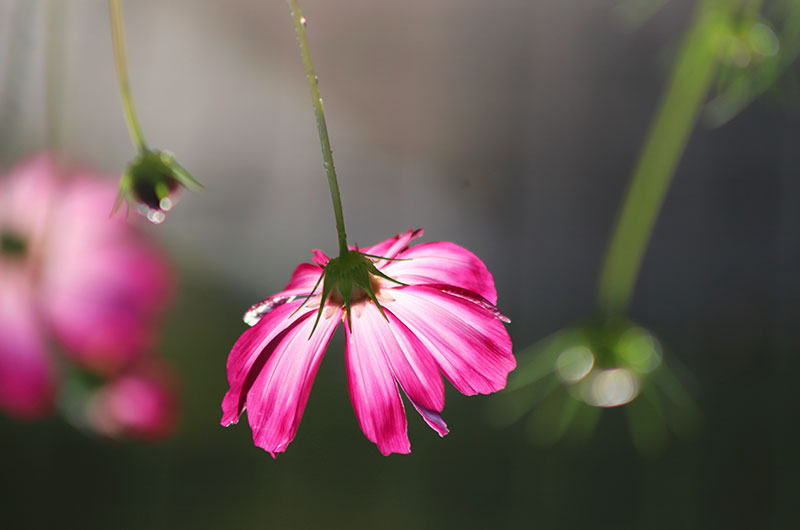
THE TWO HUMANS AND ONE CANINE in my household have been in the Upside Down this week. (Not all three at once, but seemingly two at all times.) You know the Upside Down, that flipped-over underworld home of seething demons that plagued the characters in the most excellent Netflix series Stranger Things?
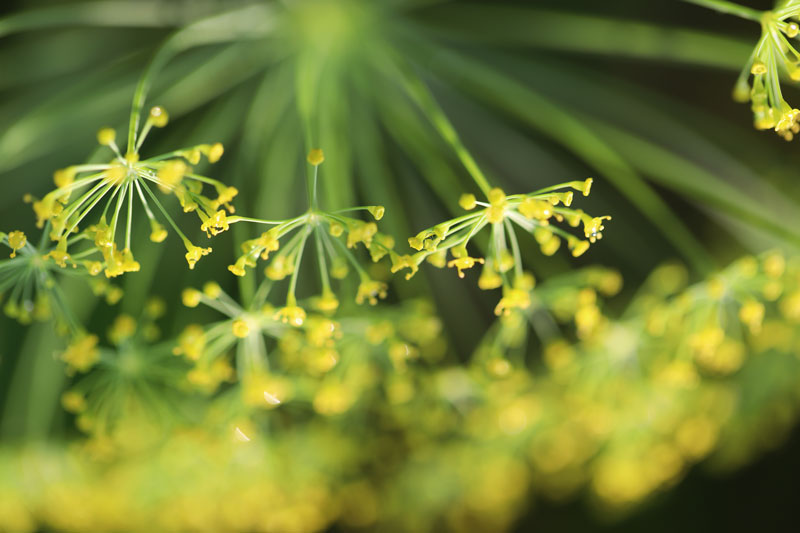
We’ve taken to saying we’re in the Upside Down whenever we feel not quite right, like an alien alter ego has invaded our equilibrium and left it teetering. Of course the canine did not verbally check in with his symptoms, but anyone who’s ever hung around a dog who’s a bit punk knows the signs – the lethargy, the clinging, the forlorn look in those big eyes.
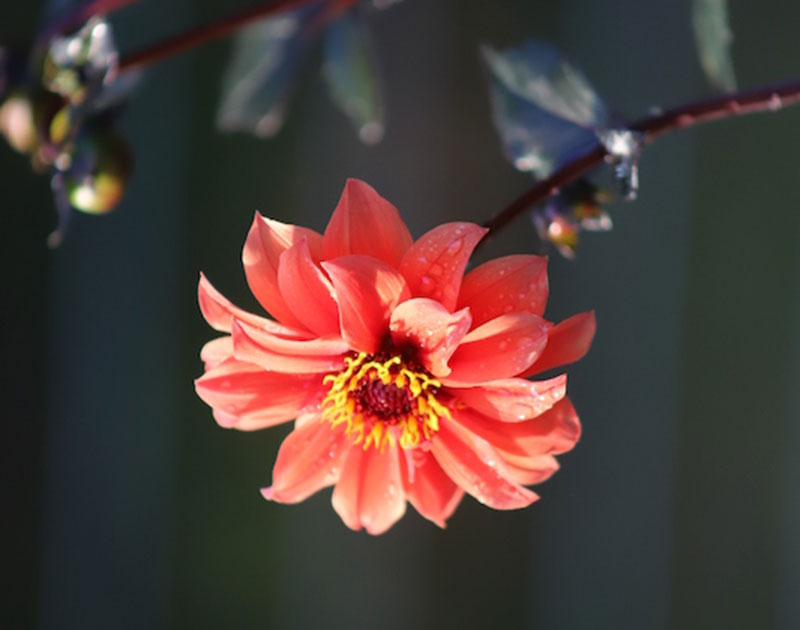
But hey, if a bunch of 12-year-olds on banana bikes can conquer the creepy demogorgons and silence the Mind Flayer, then I think we should be able to toss off a little August weirdness.
Though if you are a Vineyarder, you might agree that the whole Island seems to be in the Upside Down this August.
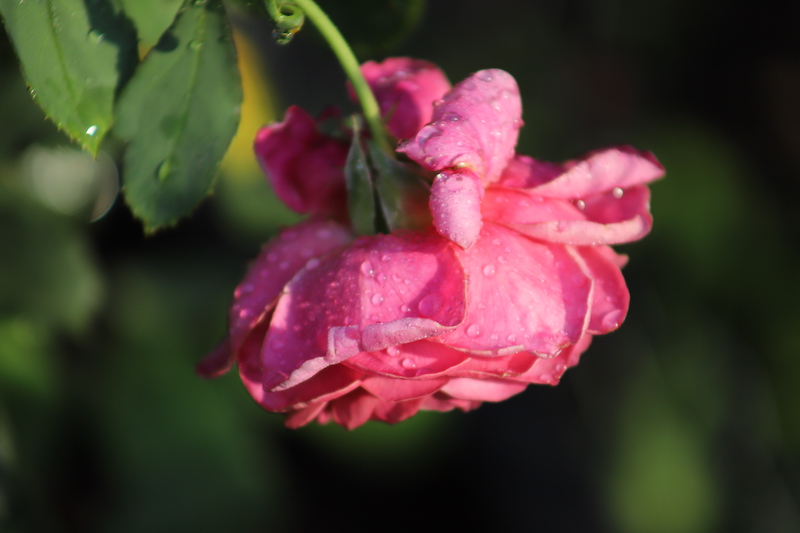
Here’s an example: On each of the three days I left my house early last week (Sunday, Monday and Wednesday – I stayed safely at home on Tuesday), I found myself behind major car accidents (twice) or pulling over for emergency vehicles (twice). And this was all on the same road — the road we use to get everywhere, a two-lane road that runs from east to west (and west to east), down-Island to up-Island and back down-Island. There are no stoplights on the Vineyard; max speed limit is 45 mph. In other words, we’re not well set up for an onslaught of city drivers who race to get everywhere in humongous vehicles twice the size of an average Vineyard pickup truck.
I’m starting to feel like when I get to the end of my dirt road I should have a special force field to raise around my car as I turn out into the parade of whizzing cars.

The record number of cars and people on the Island this summer is a bit jarring, to say the least.
Also, it was grey and rainy most of the week – lovely for the plants but surreptitiously mood-reducing. Add to the mix a report on mounting Covid cases on the Island again, complete with Delta variant and a high percentage of “breakthrough” cases of vaccinated folks. And Whoopee! Way to put a damper on getting out and enjoying the 4000 events that go on out here in the second and third week of August.
It’s hard to know whether to hide under a rock or throw caution to the wind.
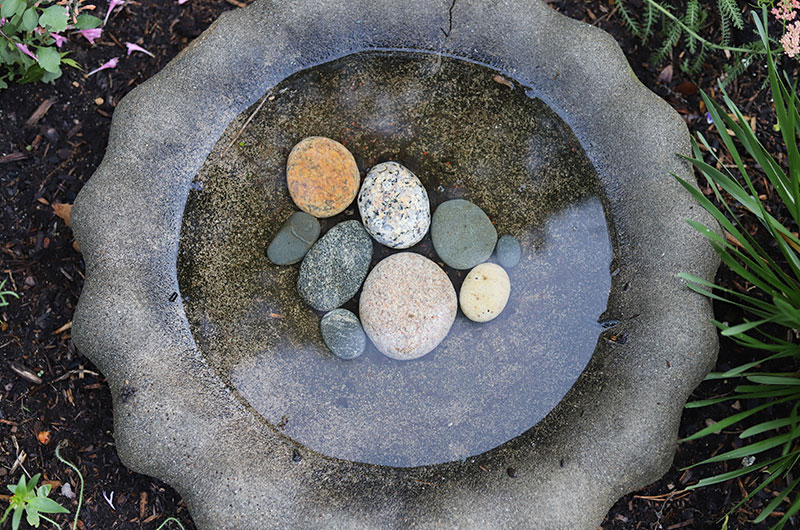
Of course, as you know, I’m mostly the hide-under-the-rock kind. (All alcoholics are excellent isolators – they excel in it, I’m afraid. It is not something they willingly give up, even years into recovery. That’s why we have sponsors to check in with.) But that is not going to work for me this week. Of the bigger events coming up, one of them is ours (meaning the company I work for, the Vineyard Gazette Media Group, and specifically cookthevineyard.com), and I must be, er, present for that.
Actually, not just present, but on point: I’m moderating the panel discussion between Sam Sifton (NYT Cooking), Dawn Davis (Bon Appétit), and Dr. Jessica B. Harris (author and historian). Our topic is The Changing Story of American Home Cooking, and we’re taking a look at how the food media is opening up to a broader spectrum of voices. (We’ll be under a tent at the Martha’s Vineyard Museum; if you’d like to join us, you can get tickets online.)

Honestly, this will be exciting (though my stomach will betray me as it always does before I go in front of large groups of people), and it’s not like any one of these three people is a shrinking violet – they could talk amongst themselves quite easily without me even being there. (Indeed, ideally that will be mostly the case!) But since I am so goal-oriented, I want to be sure the audience will walk away with a clear story in their heads, to know about the changes the food media is undertaking to tell a wider range of stories.
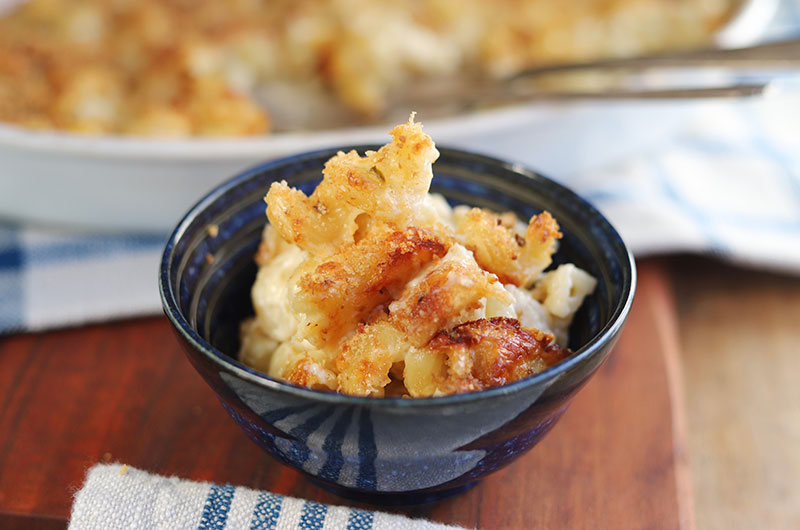
One of the things I’m doing to prepare is watching High on the Hog, another excellent Netflix production, though this one a documentary series. Maybe you’ve seen it by now; I’ve been meaning to get to it all summer.

Inspired by Dr. Harris’ work tracing the journey of African ingredients and cuisine to this continent in her 2012 book, High on the Hog, the documentary is a fascinating and emotional look at how much of what we think of as American food has its roots in African ingredients and African American cooking. Macaroni and cheese, for one. (Here’s a link to Dr. Harris’ recipe for Spicy Three-Cheese Marcaroni and Cheese.)
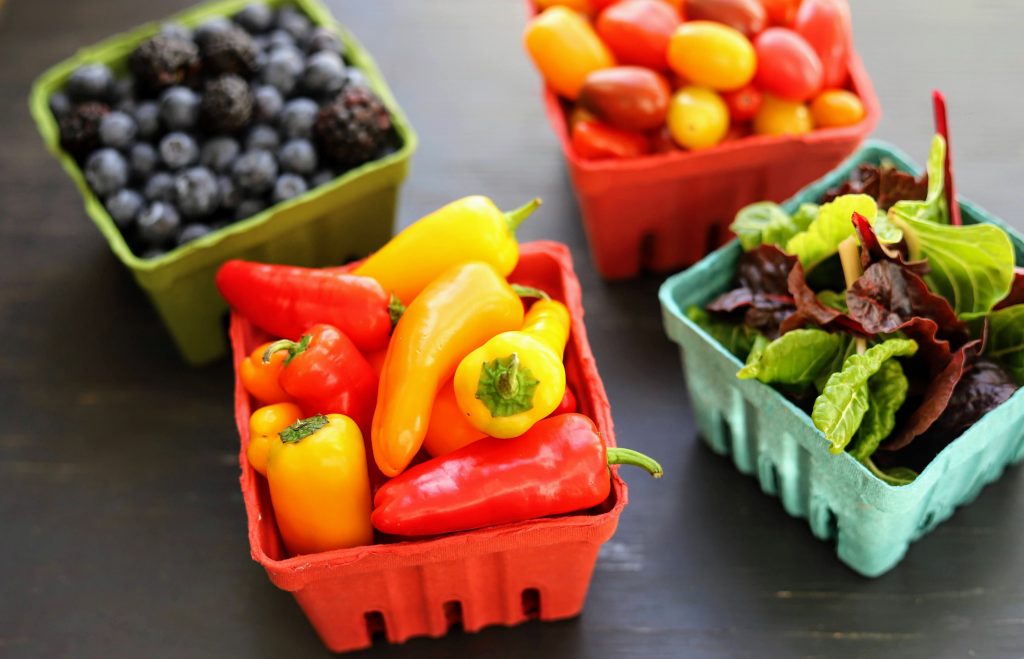
The host of the series is personable food writer Stephen Satterfield, who travels with Dr. Harris in the first episode to the West African nation of Benin, where almost one million Africans departed for a life in slavery. The four-part series travels back to America – first to the Low Country of South Carolina where enslaved people built the nation’s first big business – rice farming – and from there to Philadelphia, Virginia, Texas and California.
If you are a lover of food and history and interested in expanding your understanding of the African contribution to American cuisine, I highly recommend watching this beautiful documentary.
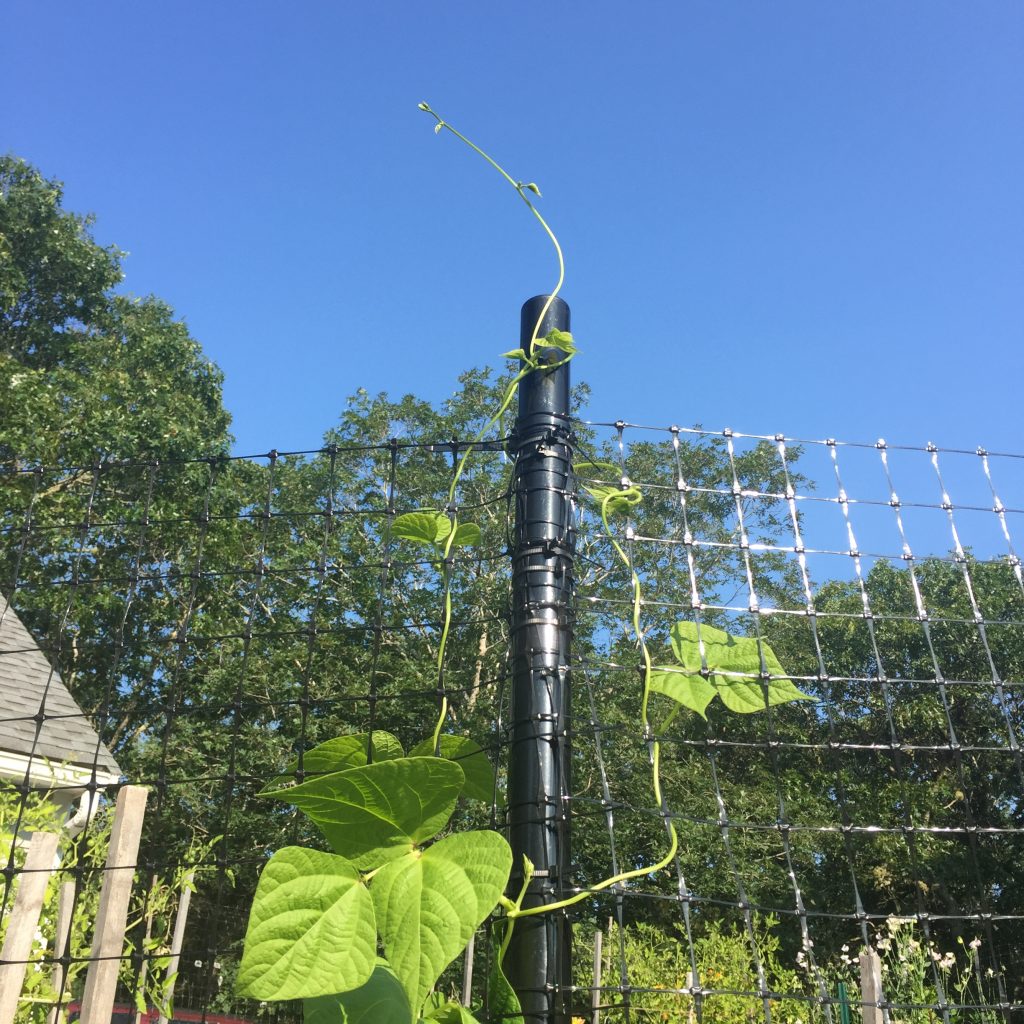
Once again I’m reminded that to enrich my life (and come back from the Upside Down), I just have to stick my nose out from under the rock. And maybe watch a little more Netflix!
I wish you could all join me on Wednesday, but I’m comforted in knowing some of you will be there and that the universal topic of home cooking will be center stage. No matter what you cook or where your food traditions come from, the act of gathering at the table for a meal cooked with love is a universal connection we all share.
LOOKING FOR RECIPES?
Visit cookthevineyard.com and sign up for the free weekly newsletter. (Something I do as part of my day job.)

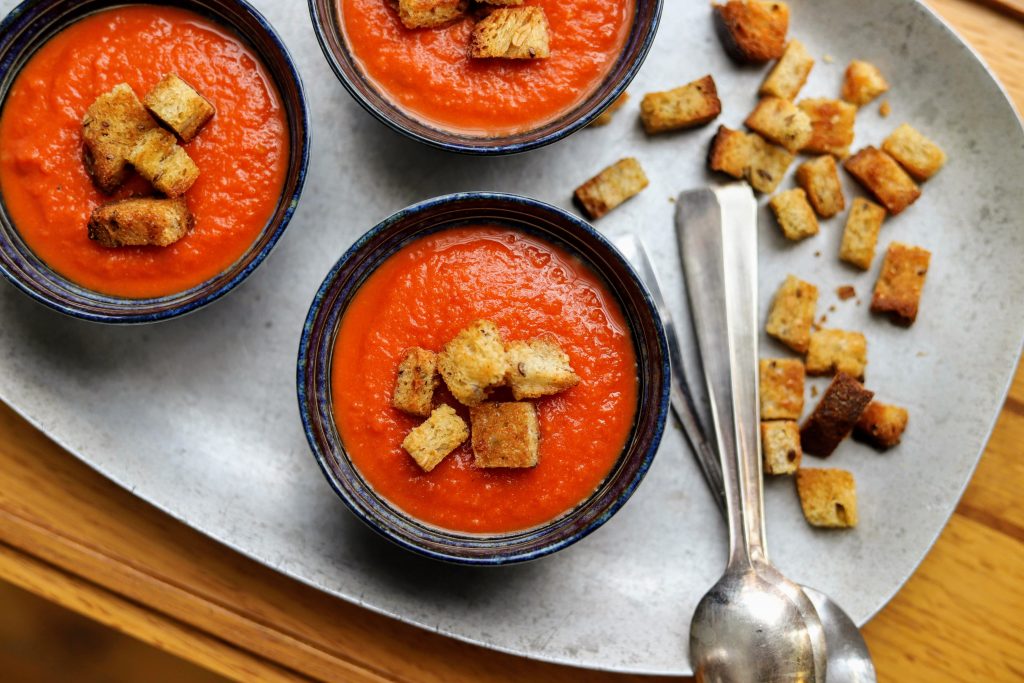

Susie-
I love all that you share; thanks for re-booting and your heartfelt honesty.
The “butterflies” you anticipate experiencing put you on your game to host this amazing “food” event. I can’t wait to hear about it. Good luck.
I personally still enjoy cooking at home and I’m grateful to many recipes I find in food blogs (like yours), Mark Bittman and NYTimes Cooking.
All the best…
Molly
Molly, thank you for that bit about the butterflies — I never really thought of it like that, but it’s true, and it’s helpful to see it that way. So thank you! Glad you are enjoying the reboot. And yay to home cooking! All best, Susie
I’m so sorry I can’t be there Wednesday for the Changing Story of American Home Cooking.
As an immigrant I can’t help but feel that home cooking in the US has been incredibly enriched by people bringing their food memories to this country and trying to recreate them in their new kitchens. Perhaps the exact ingredients aren’t always at hand. Perhaps some methods have changed — the processor instead of the pestle. Perhaps dishes are getting tweaked as successive generations adapt to Americanized work-and-life styles . So, for instance, we have Priya Krishna’s super-approachable Indian-ish, Hettie Mckinnon’s To Asia with Love (traditional dishes prepared in non-traditional ways) and Andrea Nguyen’s Vietnamese Food any day (creating Viet food from ingredients at national supermarkets.)
Longing for a taste of the familiar and comforting drives many immigrants to take up cooking. And I think we saw something like this happen to us all in 2020, as Covid turned America into a strange new land, an America where restaurants shuttered, supermarket shelves were sometimes bare and shopping became a masked operation. Many more of us took to our kitchens.
And many of us found we didn’t always have all the ingredients for a particular dish, or the right kitchen tools at home. So we learned to trust our instincts, to cook without a recipe, to recapture taste memories with what we had at hand. Our cooking has become more resilient, less by the book, as if we are all immigrants now (which of course we always were if we were not indigenous Americans.)
There are many other aspects to the changing story of American home cooking, but this is one that struck me this past year.
Have a wonderful time on Wednesday. I do hope the discussion is recorded!
Patricia